Paddling for Bass: Freshwater Canoe Fishing Basics
The gentle splash of a paddle, the call of waterbirds at dawn, and the heart-pounding moment when a bass strikes your lure – these are the experiences that make canoe fishing for bass a beloved pastime for anglers seeking both tranquility and excitement. Unlike motorized boats that disturb the water with noise and wake, canoes offer a stealthy approach to freshwater fishing that can significantly improve your chances of landing trophy bass. This traditional watercraft allows anglers to access secluded fishing spots unreachable by larger boats, creating opportunities to discover untouched bass havens. Whether you’re a seasoned angler looking to try a new approach or a beginner drawn to the simplicity and affordability of canoe fishing, mastering the basics of paddling for bass will open up a world of fishing adventures on lakes, rivers, and backwaters across the country.
Understanding the Canoe Advantage
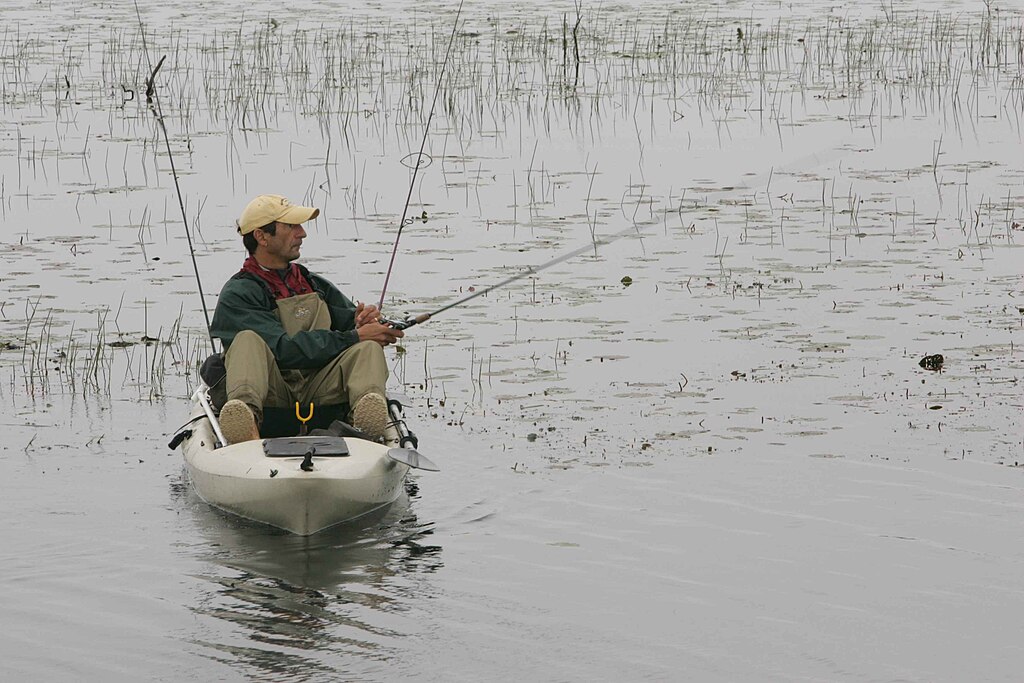
Canoes offer several distinct advantages that make them ideal vessels for bass fishing enthusiasts. Their silent approach allows anglers to glide quietly into prime fishing spots without spooking wary bass, particularly valuable in clear waters where fish are more easily startled. The low profile of a canoe creates minimal shadow on the water, reducing another potential trigger for fish wariness. Additionally, canoes require no fuel, making them both environmentally friendly and cost-effective for regular fishing trips. Perhaps most importantly, these versatile watercraft can navigate shallow areas, narrow passages, and vegetation-choked backwaters that remain completely inaccessible to conventional bass boats with motors.
Selecting the Right Canoe for Bass Fishing

Not all canoes are created equal when it comes to creating a stable and effective bass fishing platform. Look for fishing-specific canoes with wider hulls (33-40 inches) that offer greater stability when standing to cast or landing larger fish. Square-stern canoes provide a solid transom for mounting small electric trolling motors, giving you the option of motorized propulsion when needed. Consider canoes ranging from 14-17 feet, as this length provides a good balance between maneuverability and tracking ability on the water. Material choice matters too – while traditional aluminum canoes are durable and affordable, modern rotomolded polyethylene canoes offer excellent durability with reduced noise (important for stealth fishing) and often include built-in rod holders, tackle storage, and other angler-friendly features.
Essential Equipment for Canoe Bass Fishing
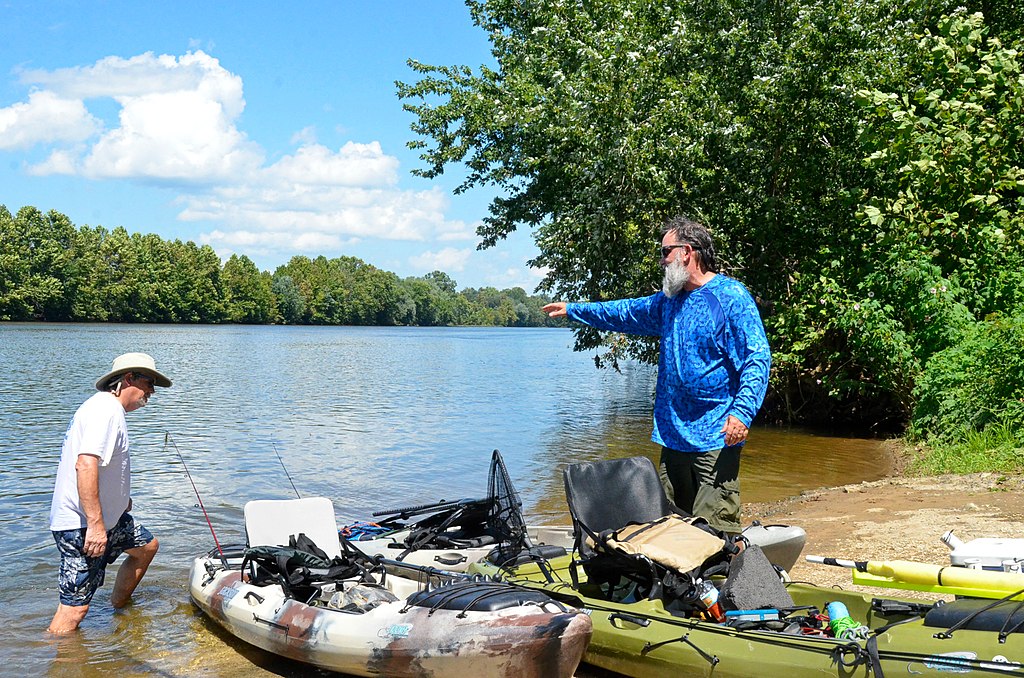
Outfitting your canoe properly can transform a simple paddlecraft into a bass-catching machine. Start with comfortable seating, as many fishing-specific canoes now come with raised seats that improve visibility and casting leverage. Specialized rod holders that mount to the gunwales allow you to keep multiple rods rigged with different lures for changing conditions without cluttering the canoe. A small anchor system is crucial for holding position in windy conditions or when you’ve found a productive fishing spot. Waterproof storage containers protect electronics, phones, and extra clothing from inevitable splashes. Consider adding stabilizers (outriggers) if you plan to stand regularly, as they dramatically increase the canoe’s stability without significantly impacting paddling performance.
Mastering Basic Paddling Techniques
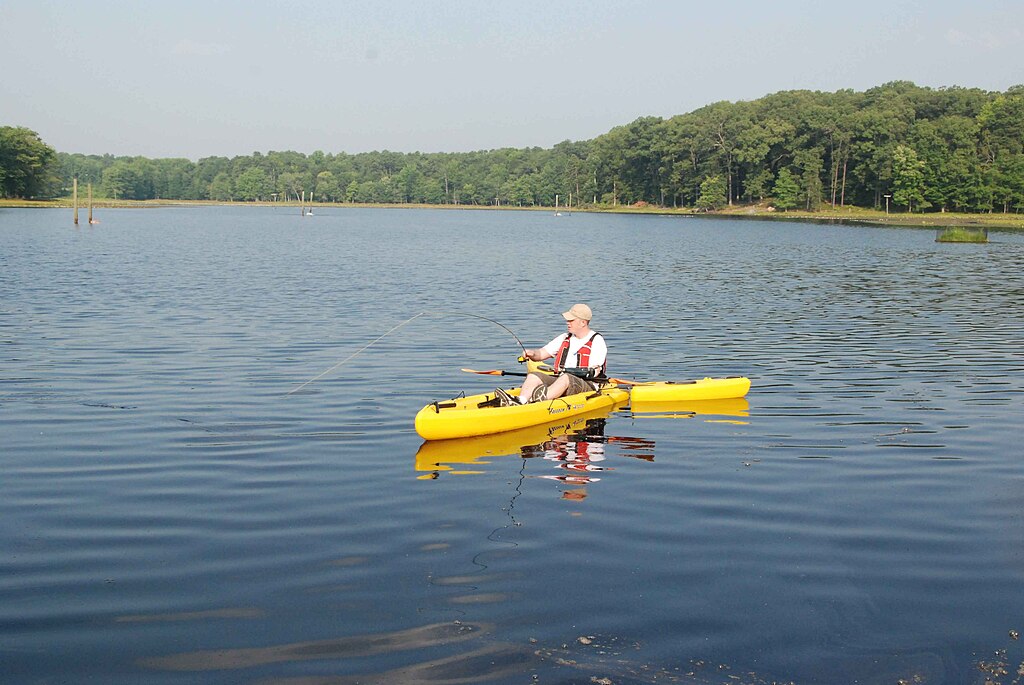
An efficient paddling technique allows you to cover more water with less fatigue, maximizing your fishing time on the water. The J-stroke is the fundamental canoe paddling technique that helps maintain a straight course without constantly switching sides. After a forward stroke, rotate the paddle at the end to form a “J” shape, which counteracts the canoe’s natural tendency to turn away from the paddling side. For solo paddlers, mastering the art of sitting in the center of the canoe (rather than the stern) and using a longer paddle will improve control and efficiency. When approaching a fishing spot, learn to use gentle, silent draw strokes that pull water toward the canoe rather than pushing it away, which creates less disturbance. Practice subtle steering adjustments rather than dramatic course corrections, as these reduce water disturbance that might spook nearby bass.
Safety Considerations for Canoe Anglers
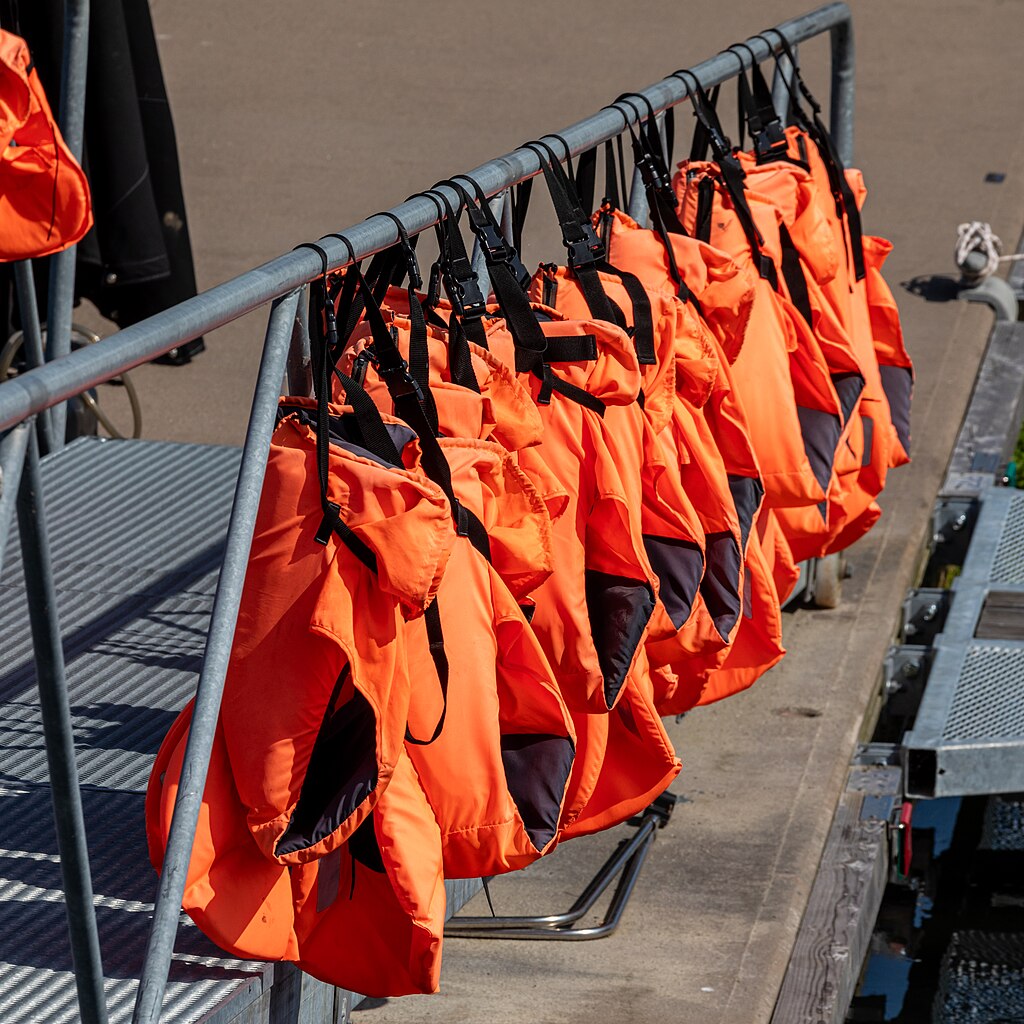
Safety should always be your top priority when combining paddling and fishing activities. Always wear a properly fitted Coast Guard-approved personal flotation device (PFD) designed for paddling comfort – modern fishing PFDs include convenient pockets for small tackle items. Attach a whistle to your PFD and carry a waterproof flashlight for emergency signaling if you become stranded. Weather awareness is crucial; check forecasts before heading out and be especially vigilant for approaching thunderstorms that can develop quickly in summer months. Maintain a low center of gravity when fishing, particularly when standing to cast or landing a fish, to prevent capsizing. Consider taking a canoe safety course through organizations like the American Canoe Association to learn self-rescue techniques and proper paddling form.
Stealthy Approaches to Bass Habitat
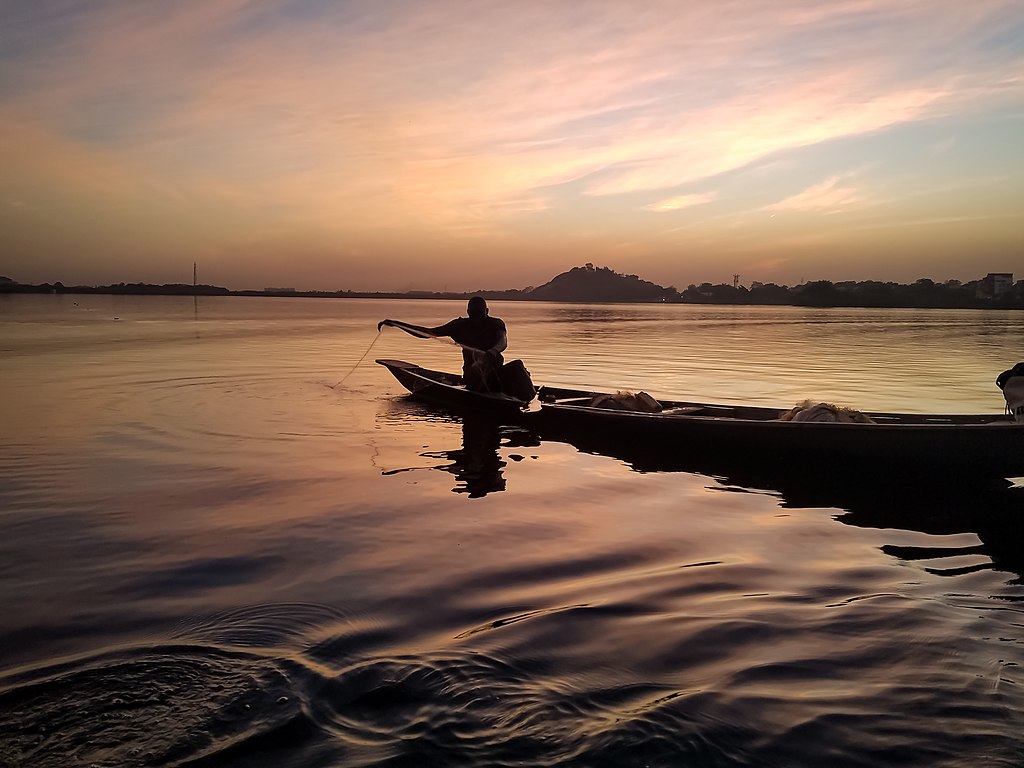
The art of stealthy approaches separates successful canoe bass anglers from the frustrated ones. When approaching promising structures like fallen trees, weed edges, or docks, position your canoe upwind or up-current when possible, allowing natural forces to quietly drift you into casting range without paddling. Use controlled drift techniques by employing subtle draw strokes with your paddle blade fully submerged to minimize surface disturbance. Pay attention to your shadow, especially during early morning and late afternoon when shadows are longest, as bass can detect these moving shadows and become spooked. When you must paddle near prime bass habitat, use shorter, gentler strokes with a vertical paddle entry rather than splashing the blade horizontally into the water.
Positioning Your Canoe for Effective Casting
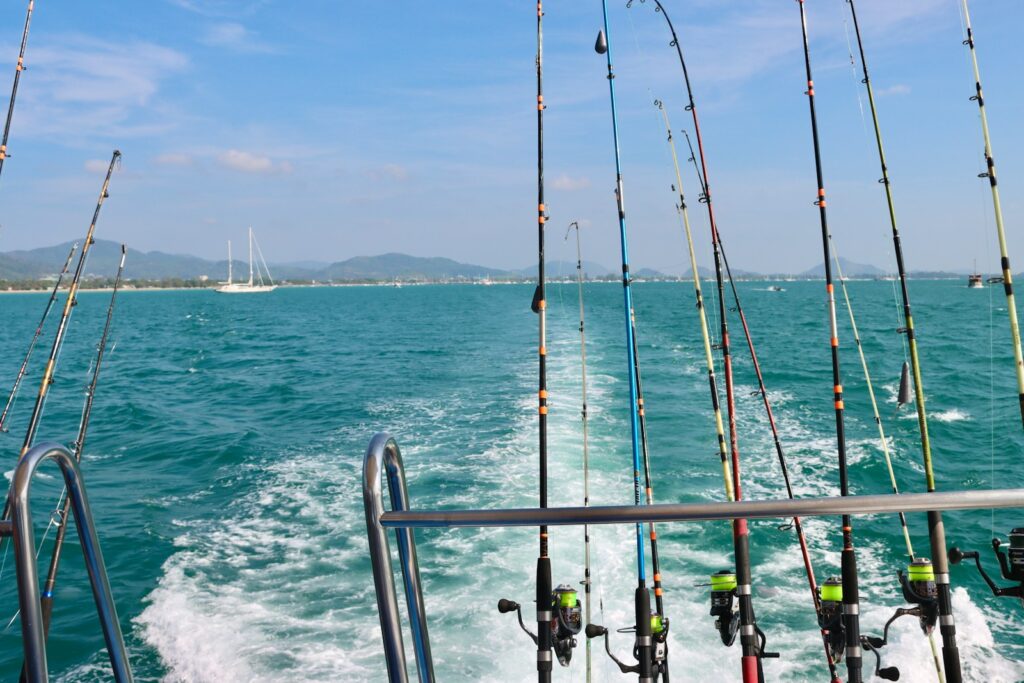
Proper canoe positioning dramatically improves your casting efficiency and lure presentation. Position your canoe parallel to structure (like weed lines or shorelines) rather than pointing directly at it, allowing you to cast along the entire structure zone without repositioning. When fishing deeper structures like points or dropoffs, position the canoe perpendicular to the structure to effectively work different depths with each cast. For overhanging trees or docks, approach from the shadiest side where bass often wait in ambush, giving you a better chance of placing your lure in their strike zone. When fishing with a partner, coordinate your casting directions to cover water efficiently – the bow angler typically casts forward and to their side, while the stern angler covers the sides and behind the canoe.
Anchoring Strategies for Bass Hotspots

Proper anchoring techniques allow you to thoroughly fish productive areas without drifting out of position. For canoes, lighter 1.53-pound folding grapnel anchors work well in most freshwater situations and store compactly when not in use. Deploy anchor lines from the bow or stern (never from the side, which can cause capsizing), using at least three times the water depth of rope to ensure proper holding. In areas with sensitive bottom structure or where noise is a concern, consider using a stake-out pole in shallow water – simply push the pole into the lake or river bottom and secure it to your canoe. For versatility, create a simple pulley system that allows you to deploy your anchor from either end of the canoe, giving you control over which direction your canoe faces about the structure you’re fishing.
Tackling Up: Gear Organization in Limited Space

Efficient tackle organization is crucial in the limited space of a canoe. Utilize weatherproof tackle bags that attach securely to thwarts or seats rather than loose tackle boxes that can shift unexpectedly or fall overboard. Keep only essential tackle accessible in small waterproof containers, organizing lures by type or fishing scenario for quick changes. Secure rods in proper holders to prevent them from falling overboard during paddling or when fighting a fish. Consider using retractable gear tethers for frequently used tools like pliers, fish grippers, or line cutters so they remain accessible but can’t be lost overboard. Create a mental map of where every piece of equipment is stored so you can access it quickly without excessive movement that might rock the canoe.
Reading Water from Canoe Level
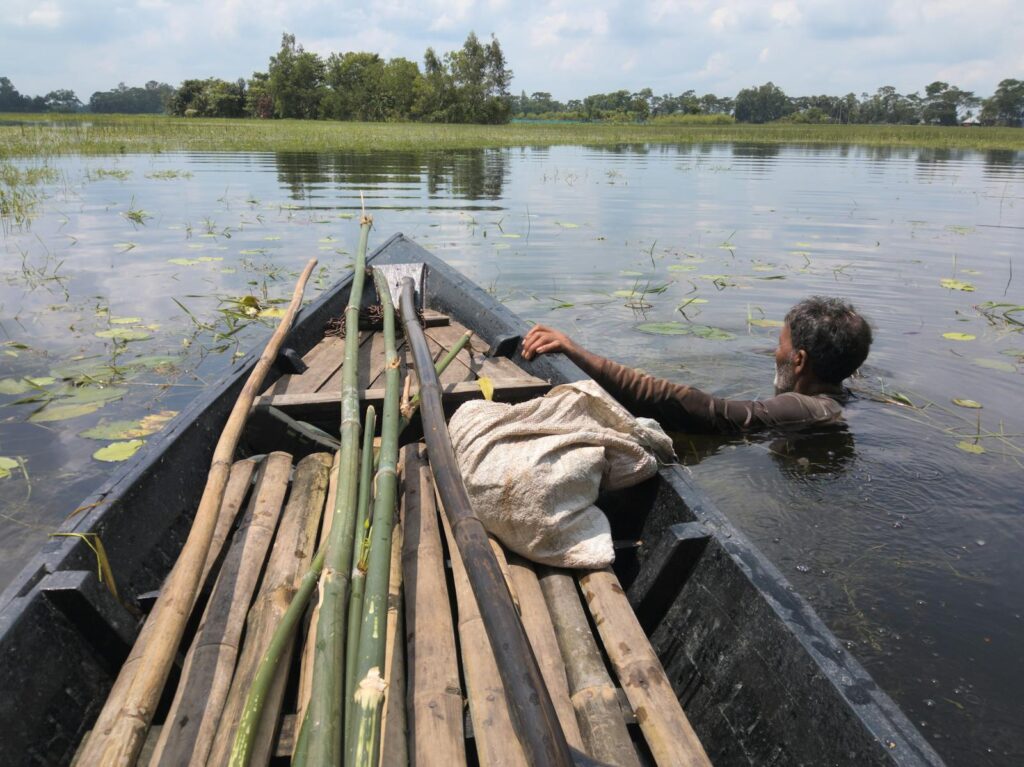
The intimate perspective from a canoe provides unique advantages for reading water and locating bass. From your low vantage point, subtle surface disturbances often indicate submerged structure like rock piles or weed beds that might hold bass. Look for small changes in water color or clarity that can signal transition areas where predators and prey meet. Pay attention to wildlife activity – hunting herons, surfacing baitfish, or active turtles can all indicate productive areas worth investigating. The close-to-water perspective of a canoe makes it easier to spot bedding bass in spring or to detect subtle current seams in rivers where bass often position themselves.
Seasonal Approaches to Canoe Bass Fishing
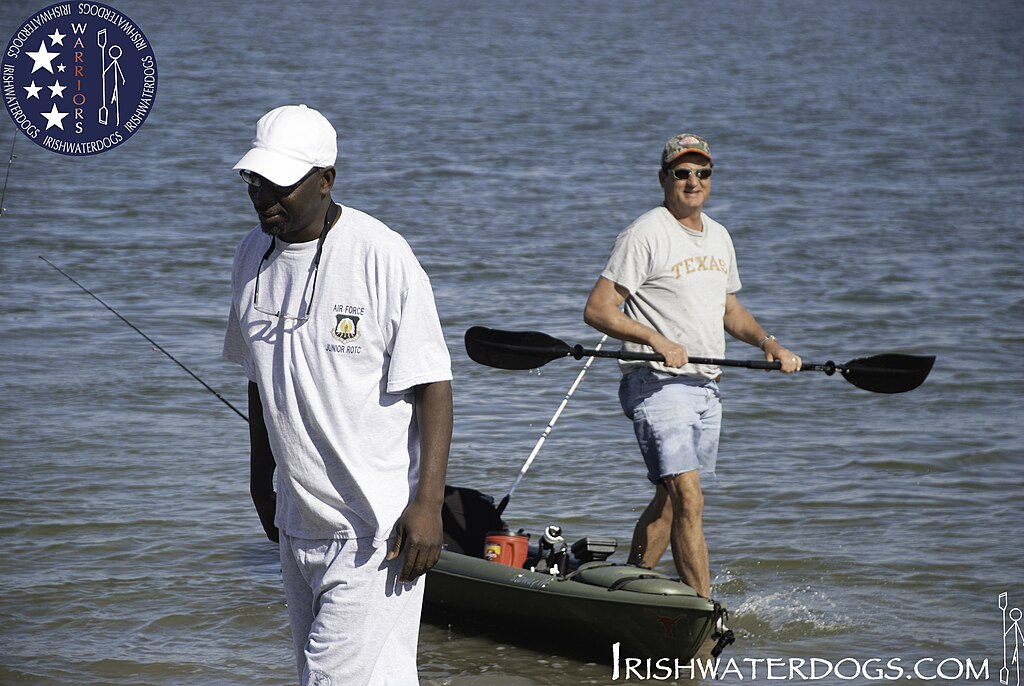
Adapt your canoe fishing strategy to match seasonal bass behavior for consistent success throughout the year. In spring, focus on shallow, sun-warmed bays where bass move to spawn, using your canoe’s shallow-water capability to access areas closed to larger boats. Summer often pushes bass to deeper structure or into shade-covered areas with higher oxygen levels – position your canoe over points and drops, or quietly slip under overhanging trees that larger boats can’t access. Fall patterns typically involve following baitfish schools, so maintain mobility by limiting your gear and being prepared to paddle quickly to new areas when you spot feeding activity. Winter canoe fishing (where safe) can be extraordinarily productive in southern climates, focusing on deep, slow presentations around structure that holds warmth.
Handling and Landing Bass from a Canoe
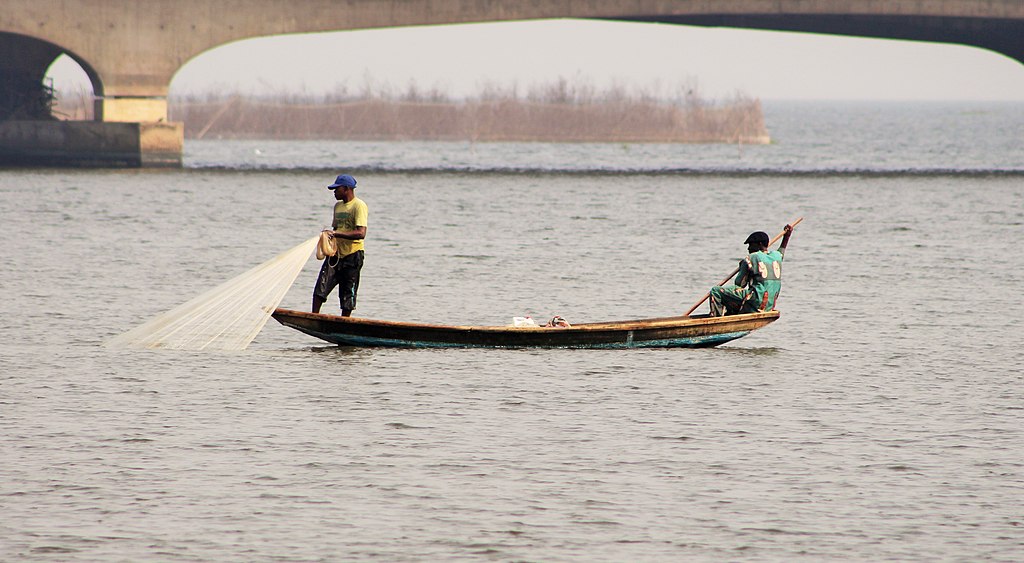
Successfully landing bass from a canoe requires specific techniques to maintain balance and control. Fight larger fish from a seated position whenever possible, using your body to absorb the fish’s runs rather than the rod, which helps maintain stability. Position your net on the opposite side of the canoe from your rod tip during the fight, creating a crossover landing zone that improves your control over the fish. For photography or measurement before release, consider using a floating fish grip to temporarily secure the bass alongside the canoe rather than bringing it aboard, which reduces stress on both the fish and your balance. When handling is necessary, maintain a low center of gravity by kneeling rather than standing, and avoid leaning over the sides of the canoe, which can lead to unexpected capsizing.
Transportation and Portaging Techniques
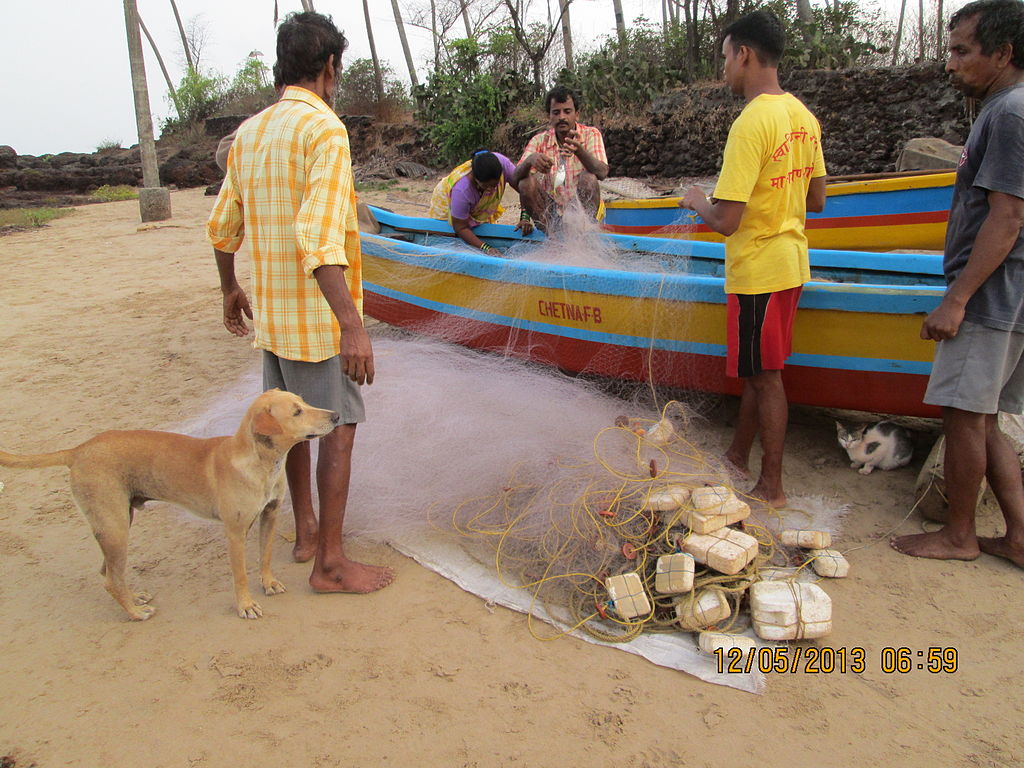
Efficient transportation methods make canoe fishing more accessible and enjoyable. Invest in quality roof racks or trailers specifically designed for canoes to prevent damage during transport and make loading easier. Learn proper lifting techniques that utilize your legs rather than your back – lifting from the center thwart with a partner, or using a yoke for solo portaging on longer trips. For accessing remote waters, consider a canoe cart with large pneumatic tires that can roll over rough terrain, allowing one person to move a fully loaded canoe to the water’s edge. Pack your fishing gear in waterproof bags that can be quickly loaded and unloaded, arranged by weight for proper canoe trim that enhances paddling efficiency and stability on the water.
Expanding Your Canoe Fishing Adventures

As your skills grow, consider expanding your canoe bass fishing to new waters and experiences. Multi-day canoe camping trips combine the adventure of wilderness camping with outstanding fishing opportunities on less-pressured waters. Investigate river systems that offer moving water challenges and different bass species like smallmouth or shoal bass that thrive in current. Consider joining canoe fishing tournaments that specifically cater to paddle craft, offering competitive opportunities without the need for expensive motorized bass boats. Connect with local paddling clubs to discover new waterways, improve your skills, and share experiences with like-minded anglers who appreciate the unique combination of paddling and fishing that makes canoe bass fishing so rewarding.
Conclusion
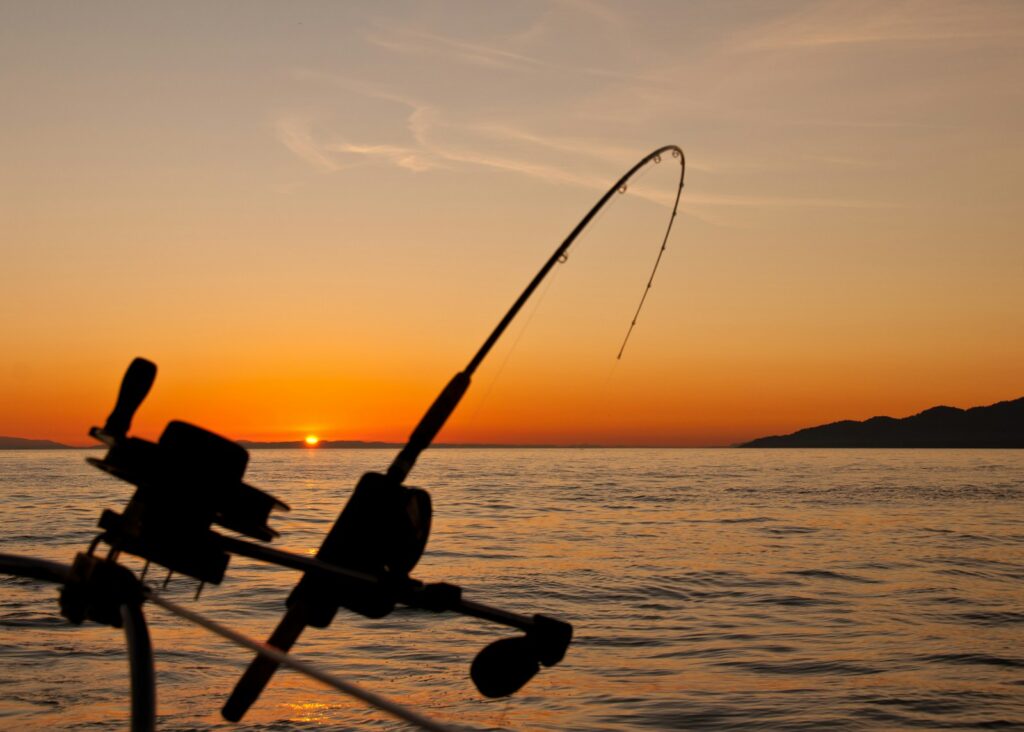
The simplicity and effectiveness of bass fishing from a canoe connect modern anglers with fishing traditions that stretch back thousands of years. This approach strips fishing down to its essentials – quiet water, careful observation, and the direct connection between angler and environment. Whether you’re pursuing largemouth in llily-pad-coveredlakes lakes, smallmouth along rocky river shorelines, or spotted bass in clear reservoirs, the canoe provides a perfect platform for presenting lures to bass in their natural environment. By mastering the basic paddling and fishing techniques outlined in this guide, you’ll discover a fishing experience that offers not just the thrill of catching bass but also the serenity and intimate connection with nature that only paddle craft can provide. The canoe bass angler learns to move through the water as part of it, rather than simply on it – perhaps the greatest advantage of all.
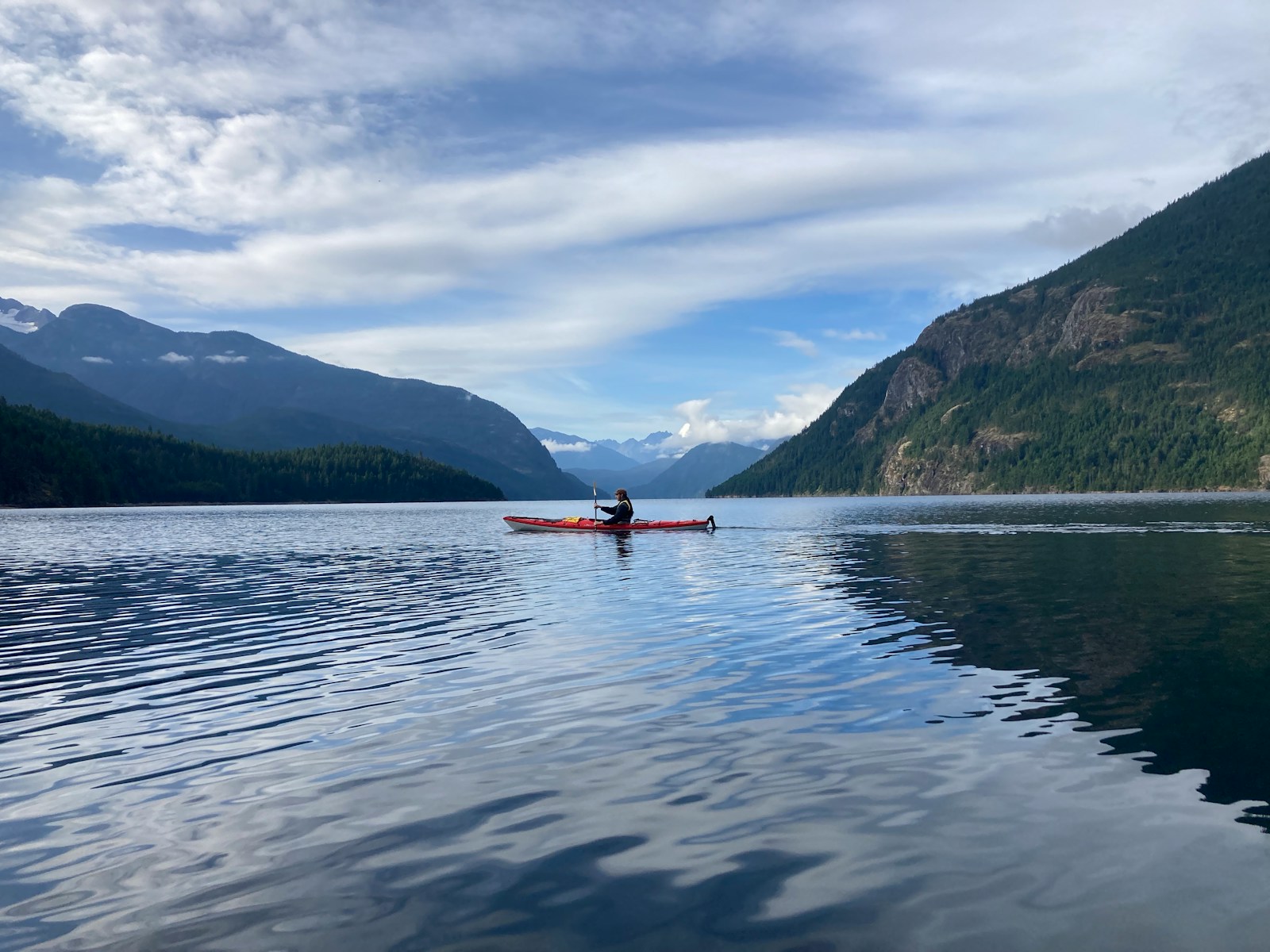

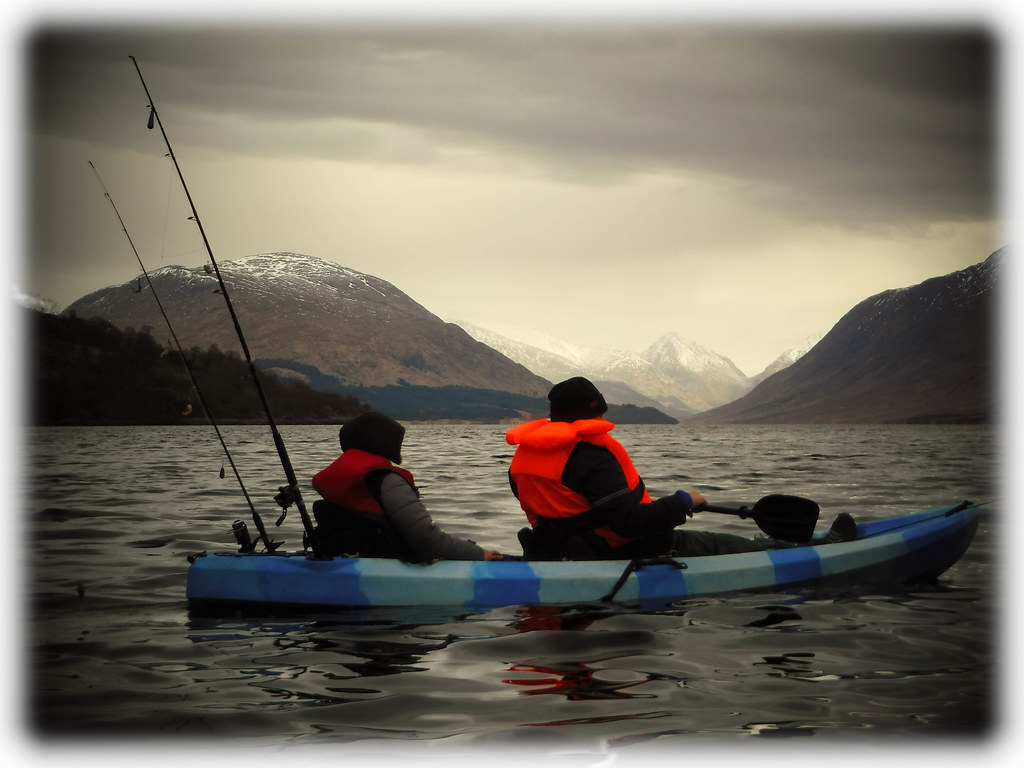

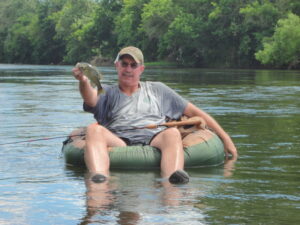
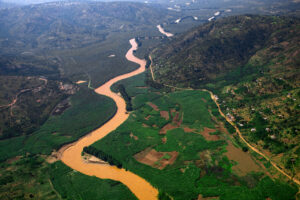








Post Comment